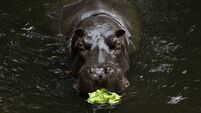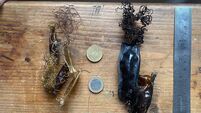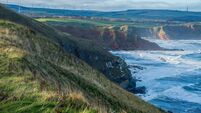Anja Murray: Now is the ideal time for planting trees

Anja Murray: "One of the characteristics that makes birch such a good tree to grow in gardens and urban areas is the way in which they grow: tall, slender, wispy and light, never taking too much sunlight from the ground beneath."
Late winter is an ideal time for planting trees. Settling a sapling in to the ground in February and March gives a young tree a chance to settle in before the sap begins to rise, ushering a new season of growth. By spring equinox, the soil is beginning to warm up, inviting delicate young roots to probe their new setting and encouraging new leaves to unfurl.
Each type of soil, balancing mineral and organic components, levels of acidity or chalkiness, wet versus dry, offers very different opportunities to young trees. Each tree species has evolved through millennia to succeed in different conditions. This means that which trees you chose to plant must be well matched to ground conditions if they are to have any chance of thriving in to maturity.
Birch is a pioneering species, ideal for urban areas, parks and gardens, though happy to grow in almost any situation. Birch even grows well on wet, acidic soils, which is why we so often see it growing at the edge of peat bogs and thriving on rocky, upland areas too.
One of the characteristics that makes birch such a good tree to grow in gardens and urban areas is the way in which they grow: tall, slender, wispy and light, never taking too much sunlight from the ground beneath. The bark of both native species of birch, downy birch and silver birch, is pale, characterful and always aesthetically enriching. In autumn, birch leaves turn a warm yellow that will provide decades of beauty.
In time, a cluster of birch will become home for an abundance of invertebrate life. The buff tip moth camouflages itself perfectly on birch, with pale wings that match the pale mottled bark, and round brown ends that mimic the broken end of a birch twig. An array of butterflies and their caterpillars, hoverflies, ladybirds, beetles, caterpillars, and lots more native species will all settle in too, providing decades of food for birds, bats and other mammals.

Another of my favourite native trees is willow. There are about 12 different species of willow native to Ireland, though because they often hybridise it can be nigh-on impossible to tell each species apart. We have a tendency to disregard willow as scrubby trees that manage a little too well on their own, self-seeding readily wherever they can get a foothold. But willows are exceptionally beneficial for wildlife. In spring, their fluffy catkins emerge early, loaded with alluring nectar and protein rich pollen, essential sustenance for early emerging wild bees when very few plants are in flower and food is in short supply.
Willow’s ability to grow well even on wet ground means they have an essential role in stabilising river banks and preventing erosion, which in turn helps maintain and improve water quality. Willows are a good choice for planting in wet ground and heavy clay soils.
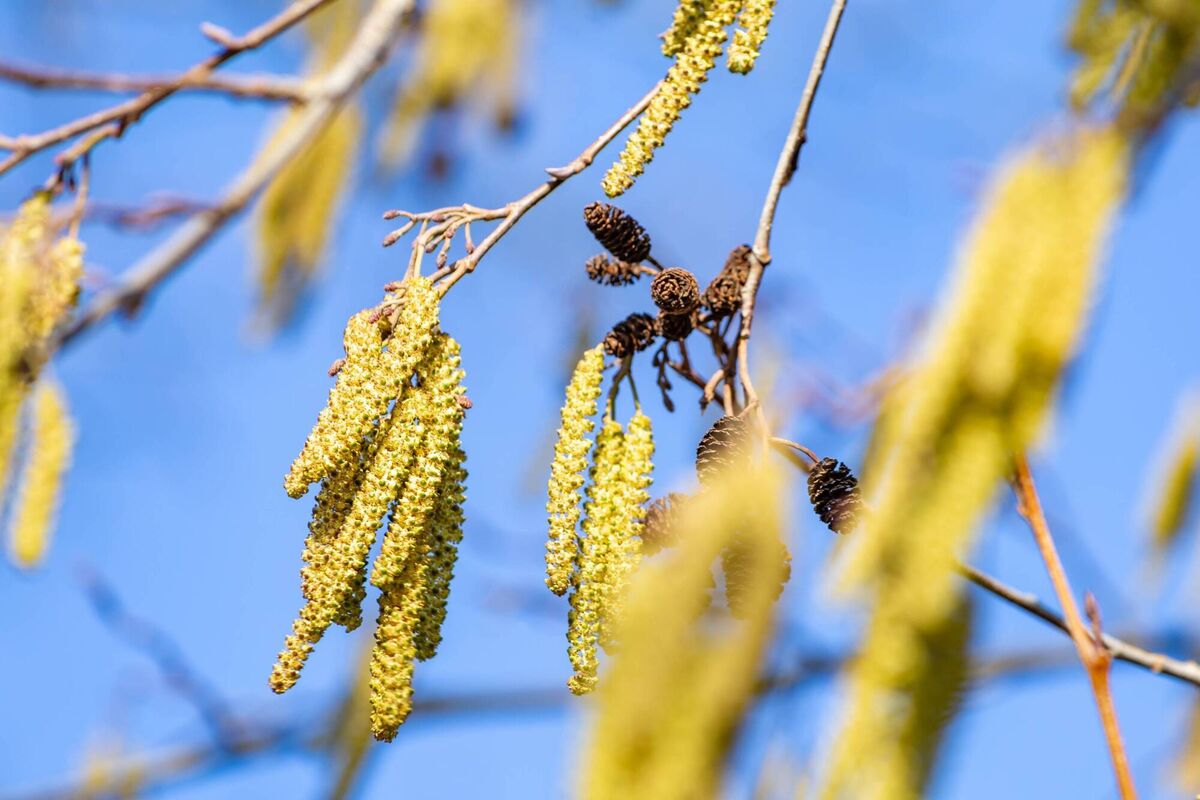
Hazel is a tree that grows well in dry ground and likes the alkalinity of soils that develop over limestone, which is why, for thousands of years, the vast woodlands that once covered most of Ireland were rich in hazel trees. This tree was once so abundant that the Irish word for woodland, ‘coill’, comes from the word for Hazel, ‘coll’.

Its shimmering golden bark and characterful, multi-stemmed rods make hazel an appealing tree to plant and the low growing canopy means makes it a good choice for many gardens. In early spring there are gorgeous dangling catkins. From March, hazel supports an abundance of invertebrates that keeps a diversity of songbirds and their nestlings well nourished. In autumn the hazel nuts can be harvested to eat or left for wood mice, squirrels and jays to feast upon.
Hazel nuts have long been associated with wisdom — the original source of the salmon of knowledge. Perhaps wisdom will come to those with the foresight to plant up some native hazel in the coming weeks.
Another native species to consider planting this spring is holly — a slow growing but adaptable species that can grow in all sorts of conditions and soils, even thin, acidic upland soils in very exposed conditions.
Crab apple grows well in heavy clays as well as loamy soils, its spring blossoms are a treat for humans and invertebrates alike.
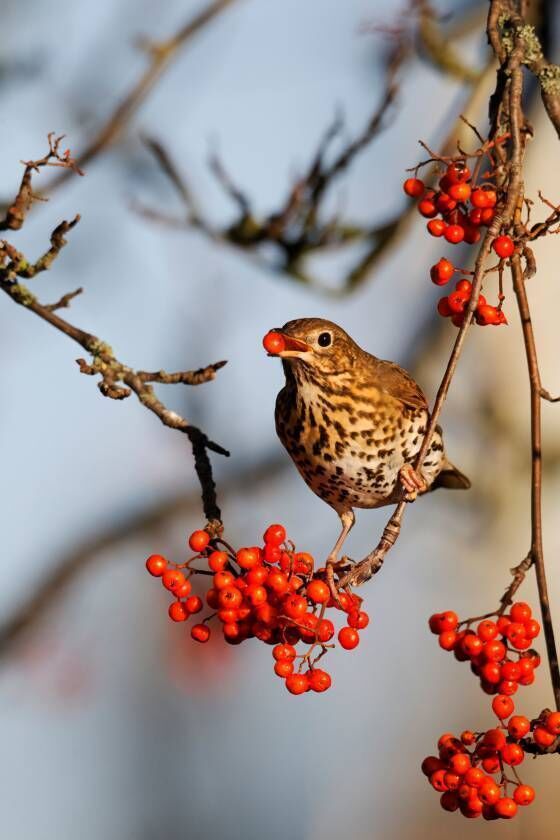
Rowan can thrive in almost any type of soil and is exceptional for the clusters of bright red and orange berries that develop in autumn, loved by fieldfares and waxwings who come from afar in autumn to feast on rowan berries.
When planting trees, be sure to give them a good chance of survival by protecting them from grazers such as sheep, goats, and deer, who can nibble the bark and eventually kill the tree. I’ve often been disappointed when, several years after planting, a few neighbouring sheep find their way into the garden and we inevitably lose a few trees as a result.
Another thing to bear in mind is that planting is not the only way to establish trees. Trees have been planting themselves very successfully, long before humans came in to the picture.
For anyone lucky enough to have some land, leaving patches of scrub will allow for natural regeneration. Brambles and scrubby blackthorns, for example, are an important habitat in their own right and also act as protective ‘nurseries’ for tree saplings, keeping browsing sheep, goats and deer at bay. Allowing for natural regeneration, instead of planting tree saplings, requires a little more patience. It may take several years for young trees to emerge above the scrub, but these trees will then likely to grow faster and stronger than those purchased from nurseries and will be better adapted to local conditions. There is also the advantage of having a lot less work to do!
Familiarising ourselves with the various native tree species opens up a lifelong relationship with these intriguing characters, where there is always more to discover and learn about their history, cultural associations, and the wildlife that each species has a special association with. Whether planting trees, or allowing them space to regenerate naturally, we have an opportunity to leave a lasting legacy.
When the future appears especially daunting, as it certainly does now, taking positive actions for future benefit is just what the world needs.



